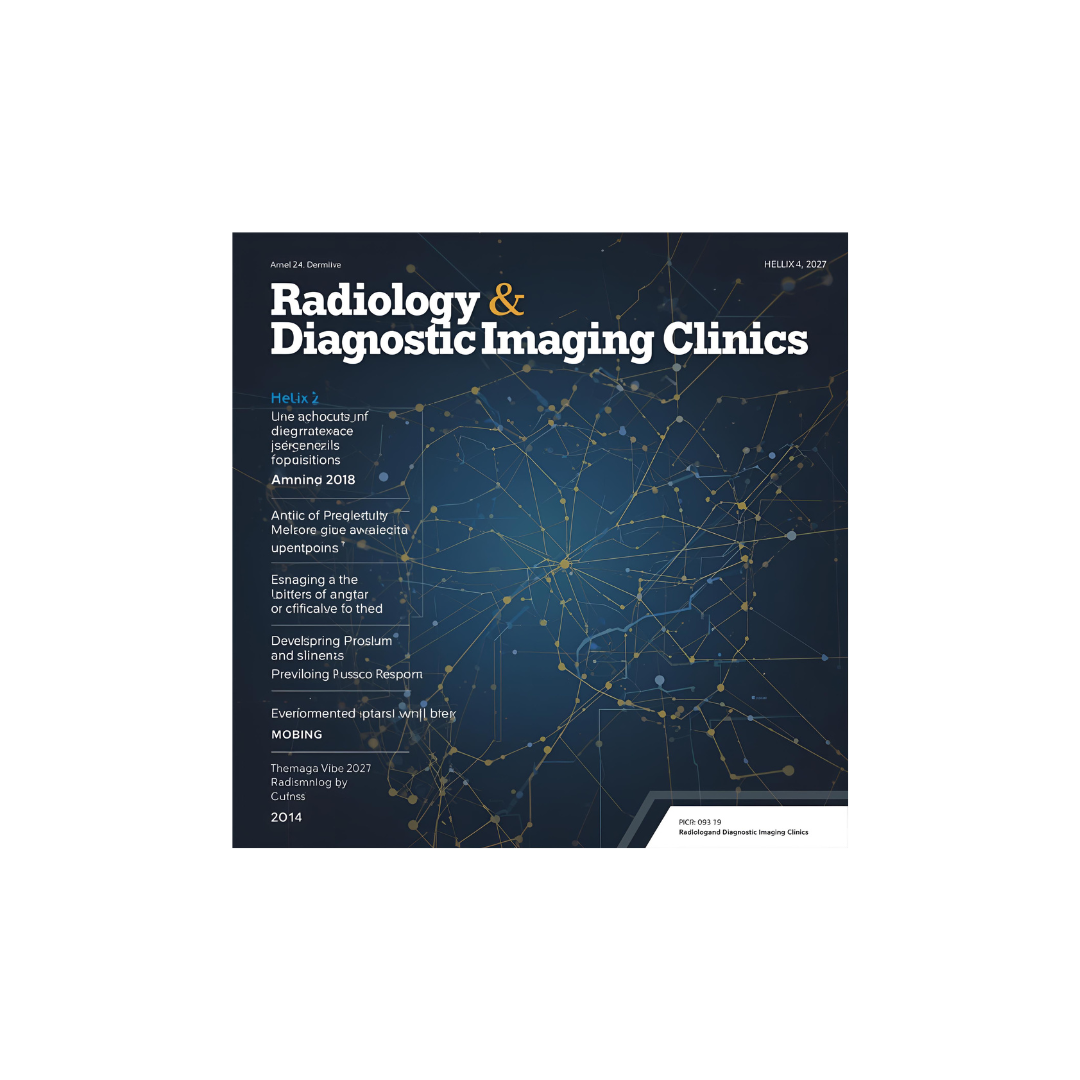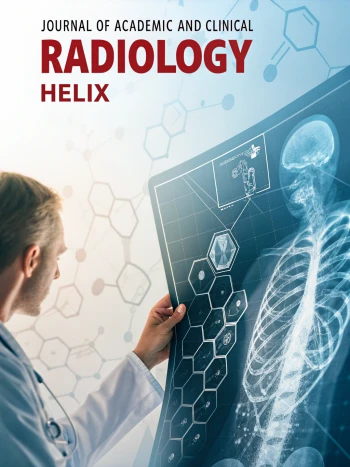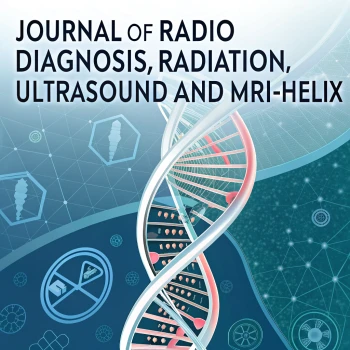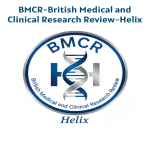Radiology & Diagnostic Imaging Clinics-Helix is a publication of Helix Health Science www.helixhealthscience.com contact@helixhealthscience.com
The Role of Radiology in Modern Medicine
Understanding Radiology: Definition and Types
Radiology is a branch of medicine that utilizes imaging techniques to diagnose, monitor, and treat various medical conditions. By providing critical visual information about the body, radiology plays a pivotal role in modern medicine, enabling clinicians to make informed decisions regarding patient care. The importance of radiology in medical diagnostics cannot be overstated, as it facilitates the early detection of diseases, enabling timely intervention that can significantly improve patient outcomes.
There are several distinct types of radiology, each contributing uniquely to healthcare. Diagnostic radiology is perhaps the most recognized, encompassing a variety of imaging modalities such as X-rays, computed tomography (CT) scans, and magnetic resonance imaging (MRI). These techniques allow healthcare providers to visualize internal structures and identify abnormalities such as fractures, tumors, or infections, thereby guiding diagnosis and treatment plans.
Interventional radiology, another essential subset, involves minimally invasive procedures guided by imaging techniques. For example, it can be employed to insert catheters for targeted drug delivery, perform biopsies, or treat vascular diseases through angioplasty. By using image guidance, interventional radiologists can achieve significant therapeutic results with reduced recovery times and lower risks compared to traditional surgical approaches.
Lastly, radiation oncology is a specialized field that focuses on treating cancer through the use of radiation therapy. Radiation oncologists leverage advanced imaging technologies to precisely target tumors while minimizing damage to surrounding healthy tissue. Real-world applications of these diverse radiological techniques abound; for instance, a patient diagnosed with lung cancer may undergo a CT scan for staging, followed by precision radiation therapy as part of their treatment plan.
Advancements in Radiological Technology
The evolution of radiological technology has significantly transformed the practice of modern medicine, enhancing diagnostic capabilities and improving patient outcomes. Among the most notable innovations are Magnetic Resonance Imaging (MRI) and Computed Tomography (CT) scans, which offer advanced imaging modalities that surpass traditional X-rays in detail and diagnosis. MRI utilizes powerful magnets and radio waves to produce intricate images of organs and tissues, allowing for the identification of a diverse range of conditions, including neurological disorders and musculoskeletal injuries. Similarly, CT scans provide cross-sectional views of the body, optimizing the visualization of internal structures and aiding in the detection of tumors, fractures, and infections.
Digital radiography represents another remarkable advancement in the field. Unlike conventional film-based systems, digital techniques allow for immediate image retrieval and manipulation, thereby increasing efficiency in clinical settings. This technology not only reduces the time required to obtain results but also lessens patients' exposure to radiation. Furthermore, the implementation of ultrasound technology has transformed diagnostic imaging, particularly in obstetrics and cardiology, by providing real-time visuals without the need for ionizing radiation.
In recent years, the integration of artificial intelligence (AI) and machine learning in radiology has opened new frontiers. These technologies assist radiologists by automating time-consuming tasks, such as image analysis and pattern recognition. AI algorithms can rapidly process vast datasets, identifying anomalies and aiding in the early detection of diseases such as cancer. As a result, radiologists can devote more attention to complex cases and enhance their diagnostic accuracy. Overall, the advancements in radiological technology—spanning MRI, CT scans, digital radiography, and AI-driven tools—underscore the vital role of radiology in modern healthcare. Such innovations not only improve the quality and speed of imaging but also augment the overall precision of diagnosis, thereby elevating patient care standards.
Radiology in Diagnosis and Treatment Planning
Radiology plays a critical role in modern medicine, particularly in the areas of diagnosis and treatment planning for a wide range of medical conditions. The utilization of radiological imaging techniques, such as X-rays, computed tomography (CT), magnetic resonance imaging (MRI), and ultrasound, allows healthcare professionals to visualize the internal structures of the body. This visualization is essential for identifying tumors, fractures, and other abnormalities that may not be detected through physical examination alone.
One of the significant advantages of radiological imaging is its ability to provide real-time information about the patient’s health status. For instance, in oncology, imaging studies are used to locate tumors, determine their size and shape, and assess their stage. This information is invaluable for developing individualized treatment plans, which may include surgery, radiation therapy, chemotherapy, or targeted therapies. Furthermore, radiological assessments help in monitoring the effectiveness of these treatments, enabling adjustments to be made as necessary to optimize patient outcomes.
In addition to diagnostic applications, radiology also plays a pivotal role in ongoing evaluation. After treatment, imaging is employed to assess the extent of the disease's response. This process is vital not only for detecting any signs of recurrence but also for ensuring that the treatment received was effective. For example, regular imaging follow-ups for cancer patients can provide insights into whether tumors are shrinking, stable, or growing, thus guiding any potential changes in therapy.
In summary, the integration of radiology into the diagnostic and treatment planning processes underscores its essential contribution to comprehensive patient care. By facilitating accurate diagnoses and informing treatment strategies, radiology enhances the ability of healthcare providers to deliver effective interventions, ultimately improving patient outcomes and satisfaction.
Ethics and Challenges in Radiology Practice
The practice of radiology is intertwined with numerous ethical considerations that are paramount for ensuring patient safety and promoting trust within the healthcare system. One of the principal concerns is the exposure of patients to radiation, necessitating radiologists to be diligent in minimizing any unnecessary exposure while still obtaining diagnostic-quality images. This balancing act requires strict adherence to established protocols, as well as a thorough understanding of the risks associated with imaging modalities such as X-rays, CT scans, and MRIs.
Informed consent represents another critical aspect of ethical radiologic practice. Patients should be adequately informed about the potential benefits and risks of the procedures they are undergoing, fostering an environment in which they can make educated decisions about their health. This process can become complex when advanced technologies, including artificial intelligence (AI), are involved. While these tools can enhance diagnostic accuracy and efficiency, they also raise questions about accountability and the implications of relying on algorithms for critical healthcare decisions.
Furthermore, disparities in access to radiological services present ongoing challenges within the field. Various factors, including geography, socioeconomic status, and insurance coverage, can influence a patient's ability to obtain necessary imaging services. Addressing these disparities is not only a logistical challenge but also an ethical imperative that radiologists must confront to ensure equitable healthcare delivery.
As the healthcare landscape evolves, the role of radiologists is increasingly multidisciplinary, necessitating collaboration with various healthcare professionals. This shift requires radiologists to engage in continuous education and adaptation to new technological advancements and methodologies. Ethical dilemmas are likely to persist as radiologists navigate these changes, emphasizing the importance of maintaining high ethical standards and prioritizing patient welfare in their clinical practice.










